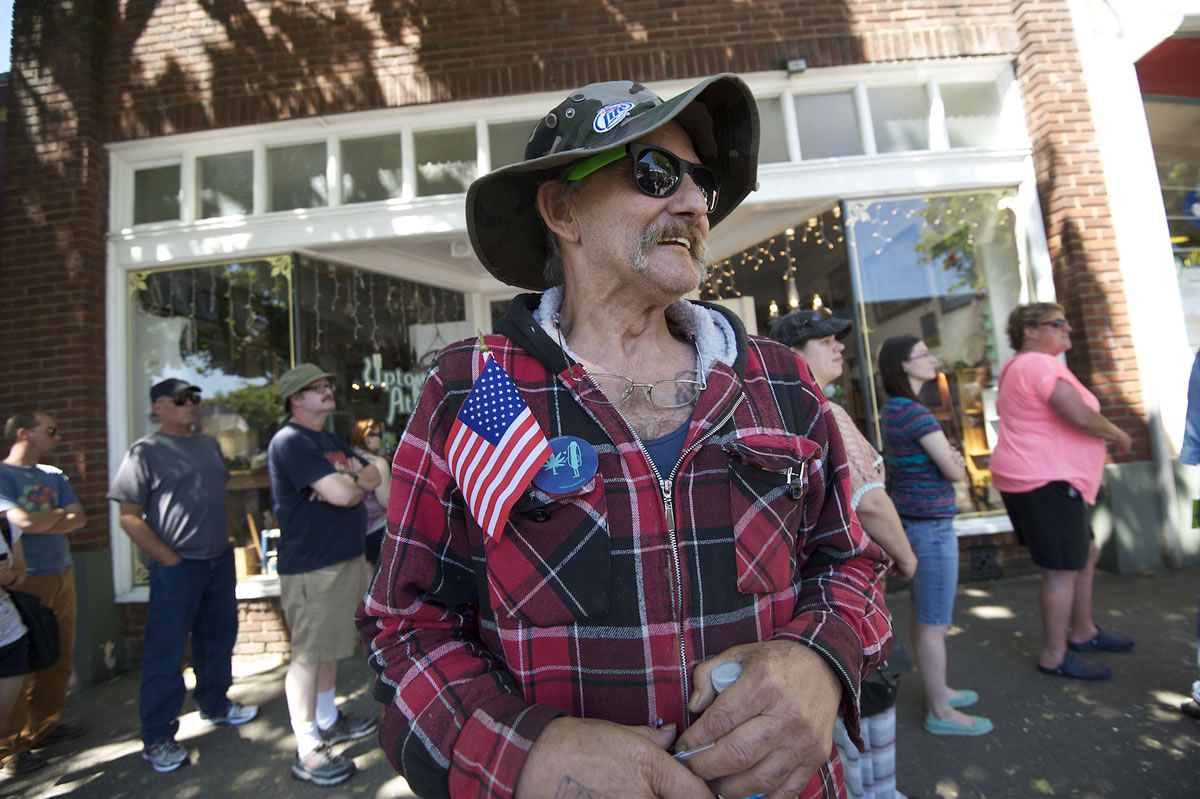2014 marijuana timeline
July 9: Main Street Marijuana opens in Vancouver.
July 11: New Vansterdam opens in Vancouver.
Through July: Prices average about $25 per gram.
July 12: Main Street Marijuana runs out of stock and closes.
July 13: New Vansterdam runs out of stock and closes.
July 15: Main Street Marijuana gets new stock and reopens -- random openings and closings follow for the next two months.
July 18: New Vansterdam gets new stock and reopens briefly, then closes again -- random openings and closings follow for the next two months.
July 26: Mint Tea in Vancouver holds cannabis-friendly new moon event.
Aug. 1: After the Liquor Control Board threatened to take Mint Tea's liquor license, the restaurant announces it will no longer hold cannabis-friendly events.
Aug. 5: The Liquor Control Board releases first list of approved edibles, but supply won't be readily available until November.
Aug. 7: Federal tax issues emerge; stores have to raise prices to compensate and more price spikes result.
Mid- to late August: Prices skyrocket to upwards of $40 a gram and stay there for several weeks.
Aug. 14-17: First CannaCon business convention in Tacoma.
Aug. 15-17: First post-legalization Seattle Hempfest.
Sept 2: Vancouver's CannaMan Farms announces it has created two brand new cannabis strains.
Sept 9: Stickey's, a pot shop in the county on Highway 99, is approved but can't open because of the unincorporated Clark County ban.
Sept 18: The Marijuana Business Association holds its first meeting in Vancouver, with a large local crowd attending.
Oct. 6: Stores say pot supply is finally starting to improve, but prices remain over $30 a gram for most strains.
Early Nov.: Cannabis Country Store holds a soft opening in Battle Ground.
Early Nov.: Prices start dropping. Some supply becomes readily available at $20 to $25 a gram.
Late Nov.: Some prices go as low as $15 a gram.
Nov. 26: The day before Thanksgiving -- not Green Friday, as merchants were anticipating -- breaks statewide sales records, with sales of more than $1 million.
Nov. 28: Green Friday statewide sales of $630,744, a solid day but not nearly as much as the pre-Thanksgiving spike.
Dec. 10 and 11: Cannabis Country Store holds grand opening.
Mid-December: Some stock regularly drops to $10 a gram (a few earlier holiday sales also had limited supply at $10 a gram).



